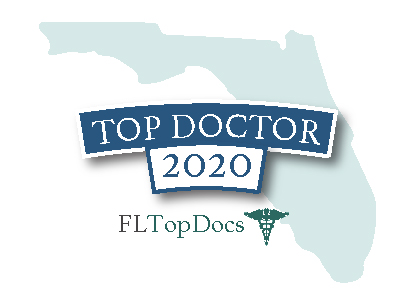Facelift (Rhytidectomy)
Few procedures are as closely associated with cosmetic surgery as facelifts (or a Rhytidectomy); the two are almost synonymous in the eyes of some. Despite this, there is much confusion about just what exactly it is. Many think they involve the entire face, as the name suggests. This notion is far from true.
Aging often takes its greatest toll on the face and neck. The effects of sun exposure and gravity on the skin and soft tissues are often most evident in these areas. A facelift is intended to reverse some of these changes, but its effects are limited to specific areas.
Facelifts target the cheeks, jawline, jowls, and entire anterior neck. They will tighten the cheeks, eliminate jowling along the margins of the lower jaw, and get rid of the "turkey wattle" that patients find so unsightly. What they won't do is rejuvenate the forehead or brow, the area around the eyes, or the upper and lower lip areas and chin. Other procedures address these areas.
A facelift is an extensive procedure. They are usually done as an outpatient, although an occasional patient may elect to stay overnight in hospital or skilled nursing facility. Anesthesia may be local with heavy IV sedation or general anesthesia. We recommend general anesthesia because we feel our patients get fewer drugs and are more comfortable. Patients under sedation may get restless or anxious and often require more drugs to keep them comfortable and still. The procedure takes anywhere form three to four hours. Small drain tubes, to prevent the buildup of blood or serum under the skin, are used and removed the following day in the office. Patient's heads are wrapped for a few days to reduce swelling and bruising, and for comfort.
There is surprisingly little discomfort from the procedure. Recovery is usually rapid, and all sutures are out by the 7th day. Bruising may last a bit longer and require make-up, but most patients are presentable to go out in public in 7 to 10 days. We monitor patients for six months following surgery to be sure that the healing process is proceeding satisfactorily. Typical day to day activities can be resumed within a couple of days, but strenuous physical activities must be avoided for about four weeks.
The incisions for the procedure are designed to be very well hidden and should not be visible to anyone but me and, possibly, your hairdresser. You may have difficulty seeing them! They run from the temple, down along the front of the ears, hiding in the contours, turn up behind the ear and end in the hair at the base of your scalp. There may also be a small incision under the chin to help tighten muscles there. Most lifts involve tightening both the skin and underlying muscle since both of these sags with age. When there is excess fat in the neck ("double chin"), this is removed.
The amount of tightening that can be obtained varies from patient to patient. Skin tolerates only so much tension before it begins to blanch, which indicates that the circulation is being cut off. Tightening cannot be to this degree for fear of having areas of skin slough. Skin also responds to tension by relaxing, so some of the initial tightness is lost in the weeks following surgery. Despite this, it should be possible to correct most, if not all, of the visible sagging in the majority of patients.
Many patients are concerned that this will leave them looking like someone else, or that they will have a strange or artificial look that may tip others off that they have had surgery. This is highly unlikely in a well-done procedure, especially the first time. Patients who have had several facelifts may begin to show a more distinct "operated" look. Patients want to know how long their facelift will last. The answer is: forever. They will always be a step ahead in their appearance no matter how old they are. The better question is how long it will be until they may need or desire another facelift. The answer here is complicated. Much depends on their skin type and habits. Patients who maintain a stable weight, do not smoke, avoid unnecessary sun exposure, and otherwise take good care of themselves may see their lift result last 10, 15 years, or more.
The risks are real but relatively small, and serious complications are very uncommon. Facelifts carry all the risks of any surgical procedure. Specific risks include such things as skin slough or loss, something rarely seen in non-smokers. Injury to branches of the facial nerve injury may produce weakness or paralysis in facial muscles which may be temporary or permanent. Permanent weakness or paralysis occurs in 1-2 % of patients. Asymmetry of the face is possible. There may be visible or palpable irregularities in the facial contour, most of which smooth out nicely with time. Perhaps the most significant adverse outcome is the failure to produce the desired result, something common to all cosmetic procedures. All of these are hypothetical and occur very infrequently. The satisfaction rate for a facelift is very high.
Facelifts produce some numbness in the area of the cheeks and temples. This is not a complication but rather an expected finding as a result of the incisions and release of the skin. The feeling gradually returns over the next several months, usually back to normal, but sometimes there may be a little numbness left over. Patients typically cease to be aware of this over time.
They can also be combined with other procedures. Some of the ones frequently combined are forehead lifts, eyelid surgery, chemical or laser peels around the eyes and mouth, and chin augmentation. Advantages to combining procedures include shortened recovery and "down" time overall, and some reduction in the total costs of surgery.





